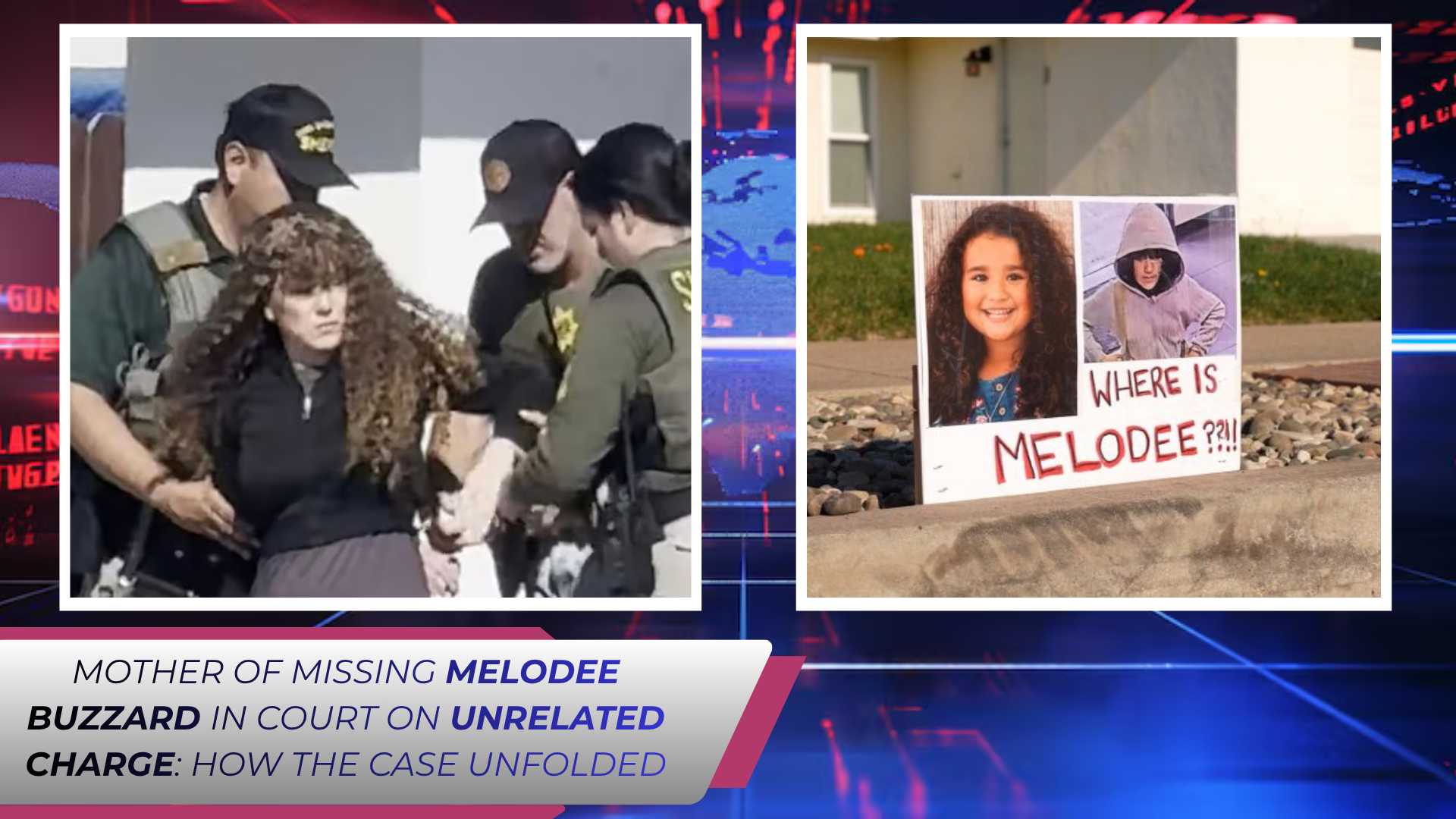Crime is often associated with hardened adults, gangs, or cartels, but one of the most concerning trends worldwide is the involvement of youth in criminal activity. Juvenile crime—offenses committed by minors—has become a pressing social issue, raising questions about parenting, education, poverty, and the influence of modern culture. While some cases involve petty theft or vandalism, others include violent assaults, gang activity, and even organized criminal roles.
This blog explores the causes of juvenile crime, its impact on communities, and the measures societies are taking to address it.
What Is Juvenile Crime?
Juvenile crime refers to illegal activities carried out by individuals under the age of 18 (though the age limit varies by country). Common examples include:
- Theft and Shoplifting
- Drug Use and Distribution
- Vandalism and Property Damage
- Assault and Bullying
- Gang-Related Violence
- Cybercrime and Online Harassment
What makes juvenile crime unique is that it occurs during a stage of life when young people are still developing mentally, emotionally, and socially.
Why Do Teenagers Commit Crimes?
- Peer Pressure and Gangs
Many young people seek belonging, and gangs often provide a false sense of family. Peer pressure can push teens into theft, drugs, or violence. - Broken Homes and Neglect
Family instability—absent parents, abuse, or neglect—creates environments where children feel unsupported and vulnerable. - Poverty and Lack of Opportunities
Youth in poor neighborhoods may see crime as the only path to money, respect, or survival. - Substance Abuse
Drug and alcohol use impairs judgment and increases aggression, fueling criminal acts. - Media and Cultural Influence
Violent games, movies, and online content sometimes normalize criminal behavior, making it seem “cool” or acceptable. - Mental Health Struggles
Unaddressed depression, anxiety, or trauma can push youth toward destructive actions.
Impact of Juvenile Crime
- On Victims: Communities face theft, property damage, and violence, which erodes public safety.
- On Families: Parents and siblings carry emotional and financial burdens.
- On Society: Higher crime rates increase policing and justice costs, while also damaging social trust.
- On Youth Themselves: A criminal record at a young age can limit education, job opportunities, and future success.
Rehabilitation vs. Punishment
One of the biggest debates around juvenile crime is whether young offenders should be punished like adults or given opportunities for rehabilitation.
- Punishment Approach: Some argue that serious crimes (like murder or gang violence) deserve strict sentences, regardless of age.
- Rehabilitation Approach: Others believe juveniles can be reformed through counseling, education, and social programs.
Countries worldwide are shifting toward rehabilitation, recognizing that many young offenders can turn their lives around with the right support.
Prevention Strategies
- Stronger Education Programs
Schools play a huge role in shaping behavior. After-school activities, mentorship, and life skills training reduce risks. - Parental Guidance
Engaged parenting—open communication, supervision, and positive role modeling—is a powerful deterrent. - Community Support Systems
Youth centers, sports programs, and safe community spaces provide alternatives to crime. - Mental Health Services
Counseling and therapy help address underlying emotional struggles. - Job Training and Opportunities
Giving teens access to skill development and employment reduces the temptation of illegal income.
The Future of Juvenile Justice
As societies evolve, juvenile justice systems are being reformed to balance accountability with second chances. Innovative approaches like restorative justice—where offenders make amends to victims and communities—are proving effective in reducing repeat offenses.
Ultimately, the way we treat young offenders reflects how much we value prevention over punishment. A society that invests in its youth reduces not just juvenile crime but crime overall.




.png)
.jpg)


